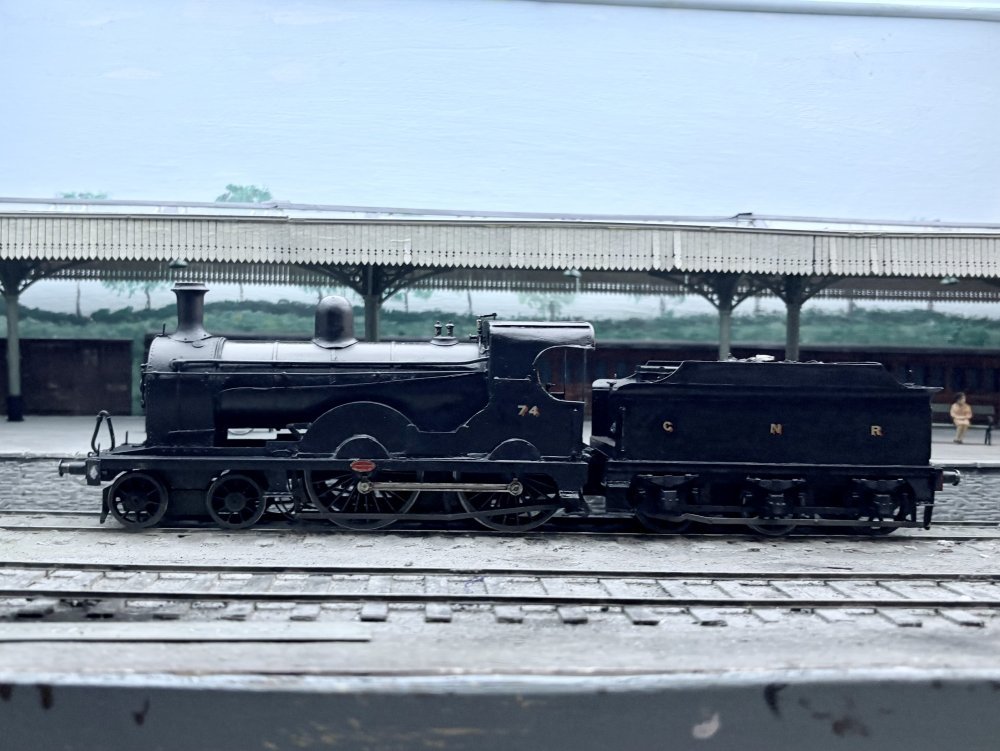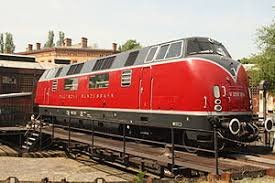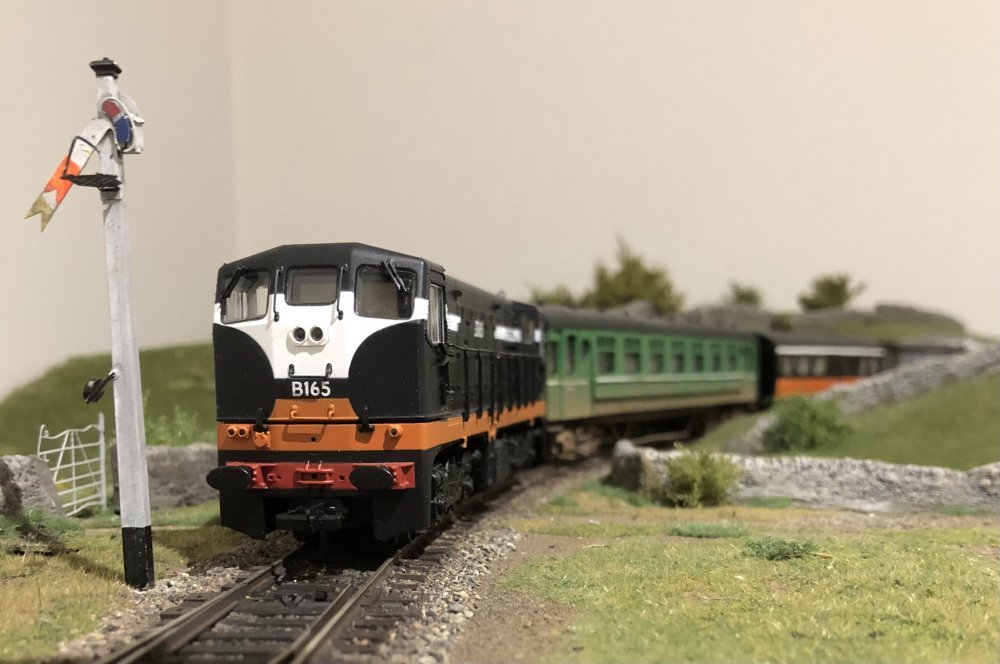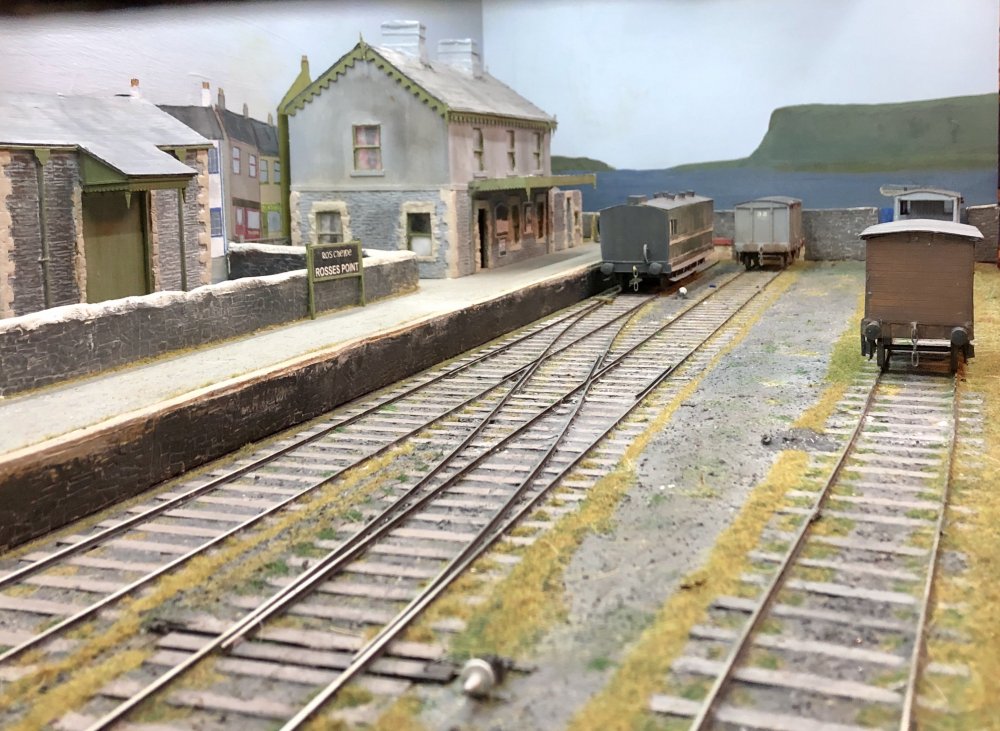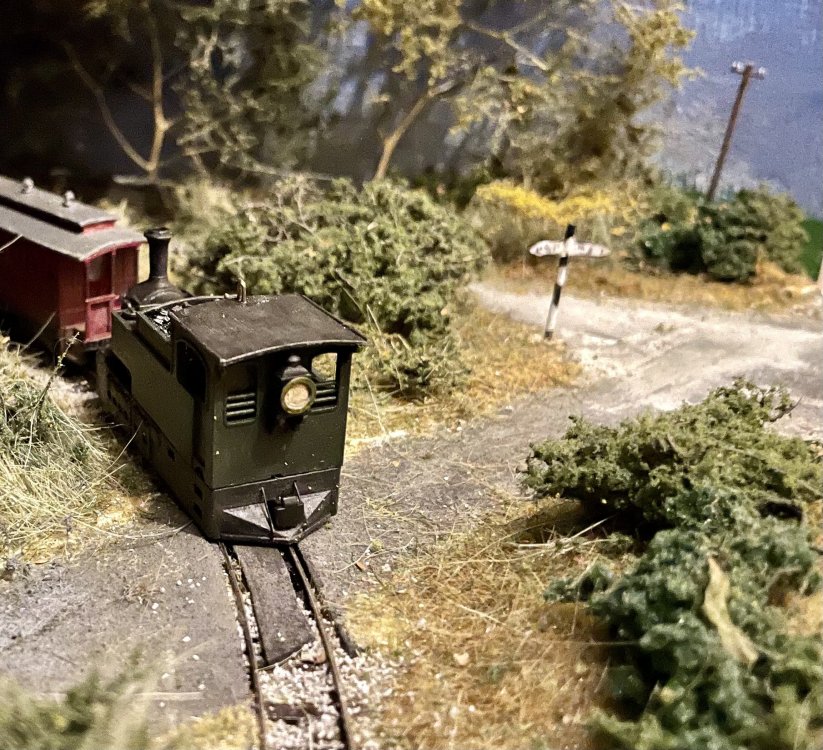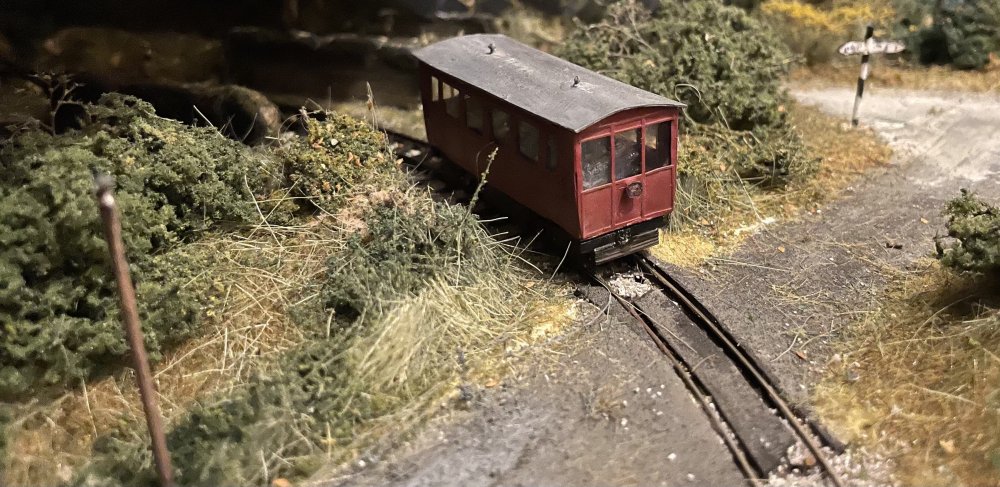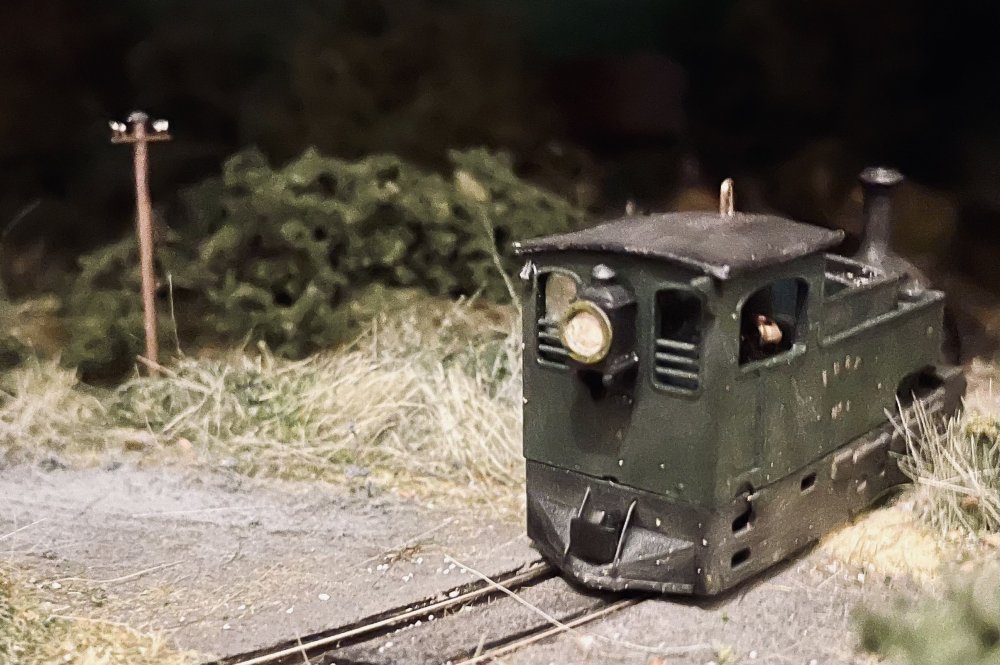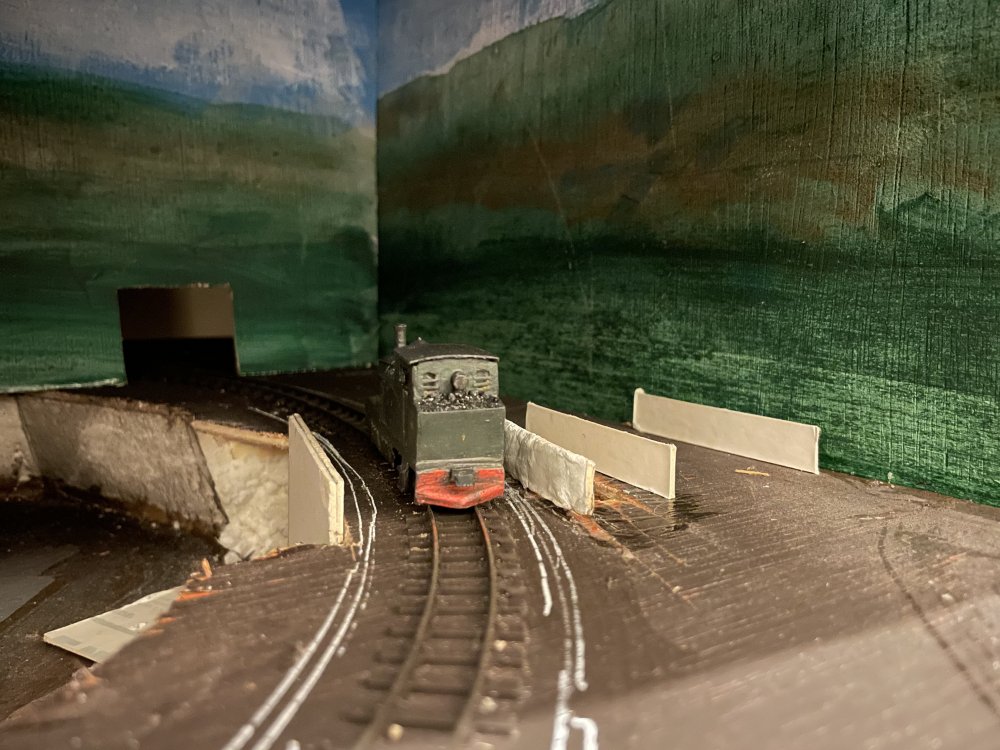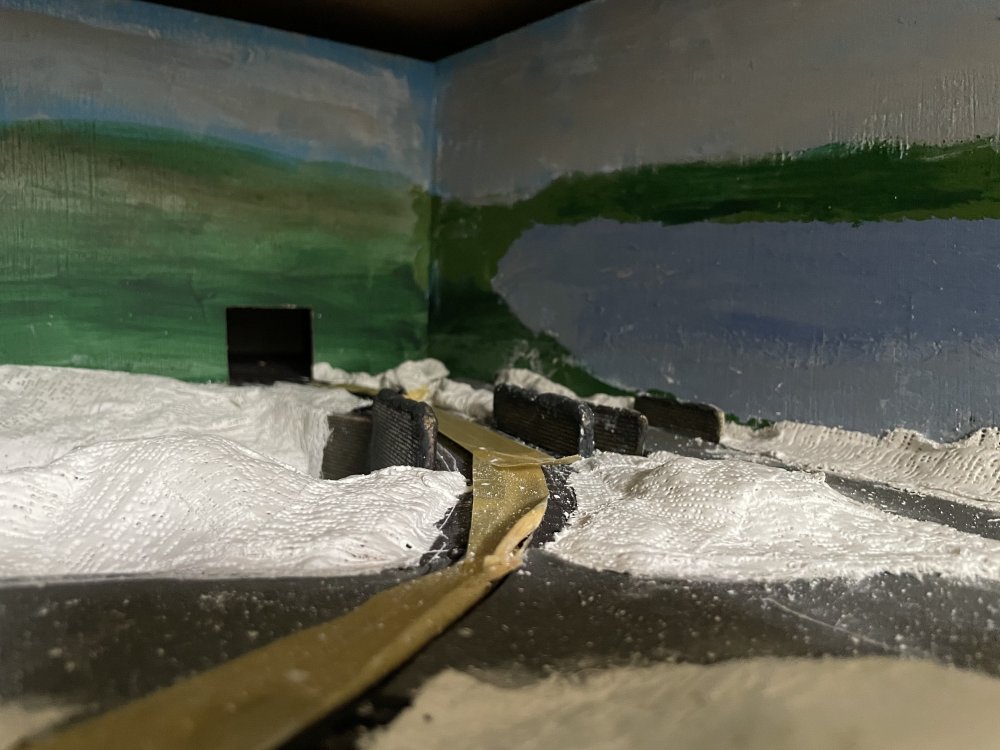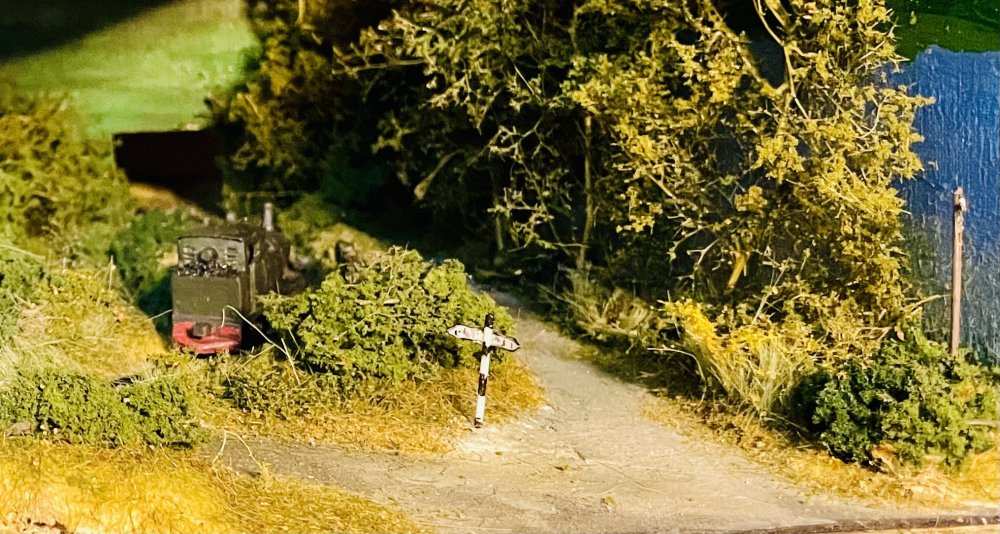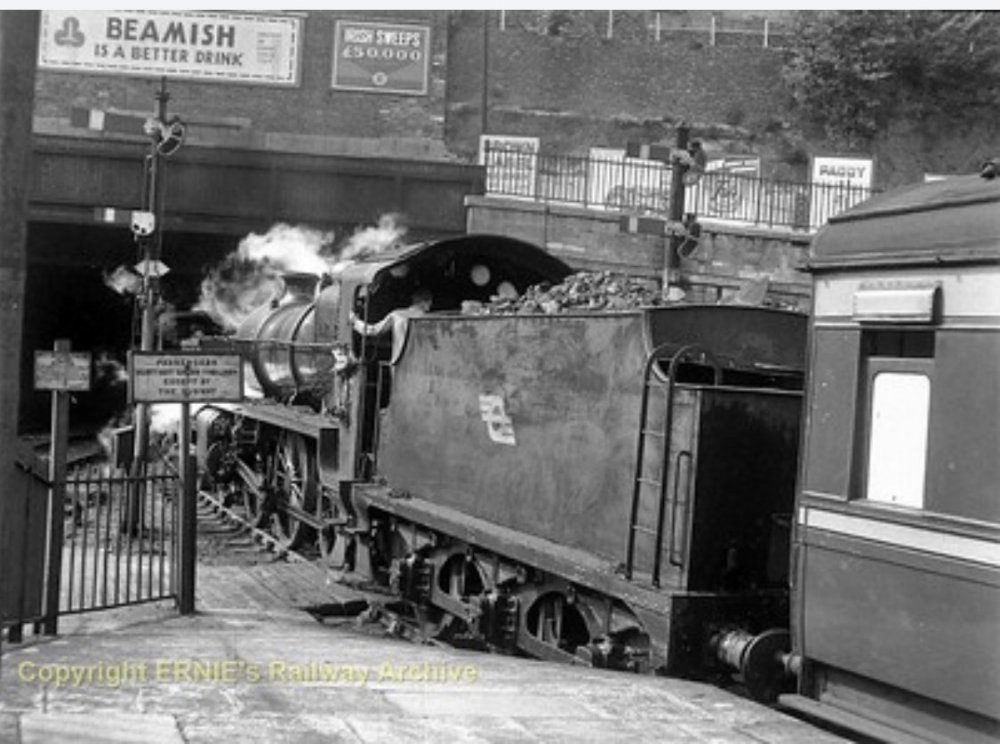-
Posts
4,643 -
Joined
-
Last visited
-
Days Won
59
Content Type
Profiles
Forums
Events
Gallery
Everything posted by Galteemore
-
Thankfully MS still survives in part - the firm’s engineering division has become Whale Water Pumps.
-
What a treat - these are lovely. Quite a rarity too - shows what IOMR livery was like before the colour explosion of the Ailsa era. J I C Boyd argued that the Irish NG was far more akin to IoM than Welsh NG in its scale and practice, and the IOM Rlwy still allows one to experience something of what the Ballymena to Larne section was like with BP 2-4-0Ts.
-
Works here - can see it well.
-
-
I suspect it’s suiting fabric from the North. This happened on the SLNC. A crew was given such a bale to get across into Eire and hid it in the coal bunker. Someone at Enniskillen saw them do it, and gave Eire Customs a tip off - the white capped inspectors moved purposefully towards the loco at the Glenfarne customs stop. The crew quickly disposed of the hundreds of pounds worth of material in the firebox…
-
Looks really good. Modelling a real place is not always easy but most rewarding when you see the results emerging as they are here.
-
-
Brilliant stuff Ken. Also shows how important radius is in our efforts at conveying reality. I used a big radius crossover on my 7mm micro which consumed acres of space but I think looks more prototypical than a smaller radius and is worth the sacrifice.
- 272 replies
-
- 12
-

-
Great to see this coming together. These are the Burma Road type scenes I think I can just recall ….
-
Original 1863 era Dundalk and Greenore sign before the Newry extension. I’d say it was a boundary marker with the GN (or to be precise its D and B J R predecessor). Barrack St Dundalk is my guess.
-
It’s a generic sign often used in the repro/retro market. The only suitable currency for buying stuff like that is €3 notes…..
-
In fairness, some of those look better than others. Some are just annoyingly and obviously fake!
-
Thanks everyone. Been a fun experience thus far. Tried out the Clogher loco and coach, and Drewry railcar for size - in between sorting out the buildings of which more soon I hope.
-
Looks fantastic!
-
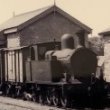
Ernies Massive Irish 1930's to 2005 Photo Archive
Galteemore replied to Glenderg's topic in Photos & Videos of the Prototype
Lovely image Ernie, even if not the most harmonious rebuild ever ! -
Thank goodness mine is now on the other side of the Atlantic! That’s just gorgeous work.
-
Some scenic stuff progresses - some views of the same location several days apart - including the addition of a lake stage right ! The sequence illustrates how the backscene gradually fades into obscurity as detail is added. Fair bit of tidying up to do but getting there. Picture 1 proves there really is a railway somewhere in there !
- 20 replies
-
- 15
-

-

-
Very nicely observed detail - great work.
-
Cracking stuff. Will wait eagerly on developments!
-

Photographic Website Updates
Galteemore replied to thewanderer's topic in Photos & Videos of the Prototype
.png.c363cdf5c3fb7955cd92a55eb6dbbae0.png)
